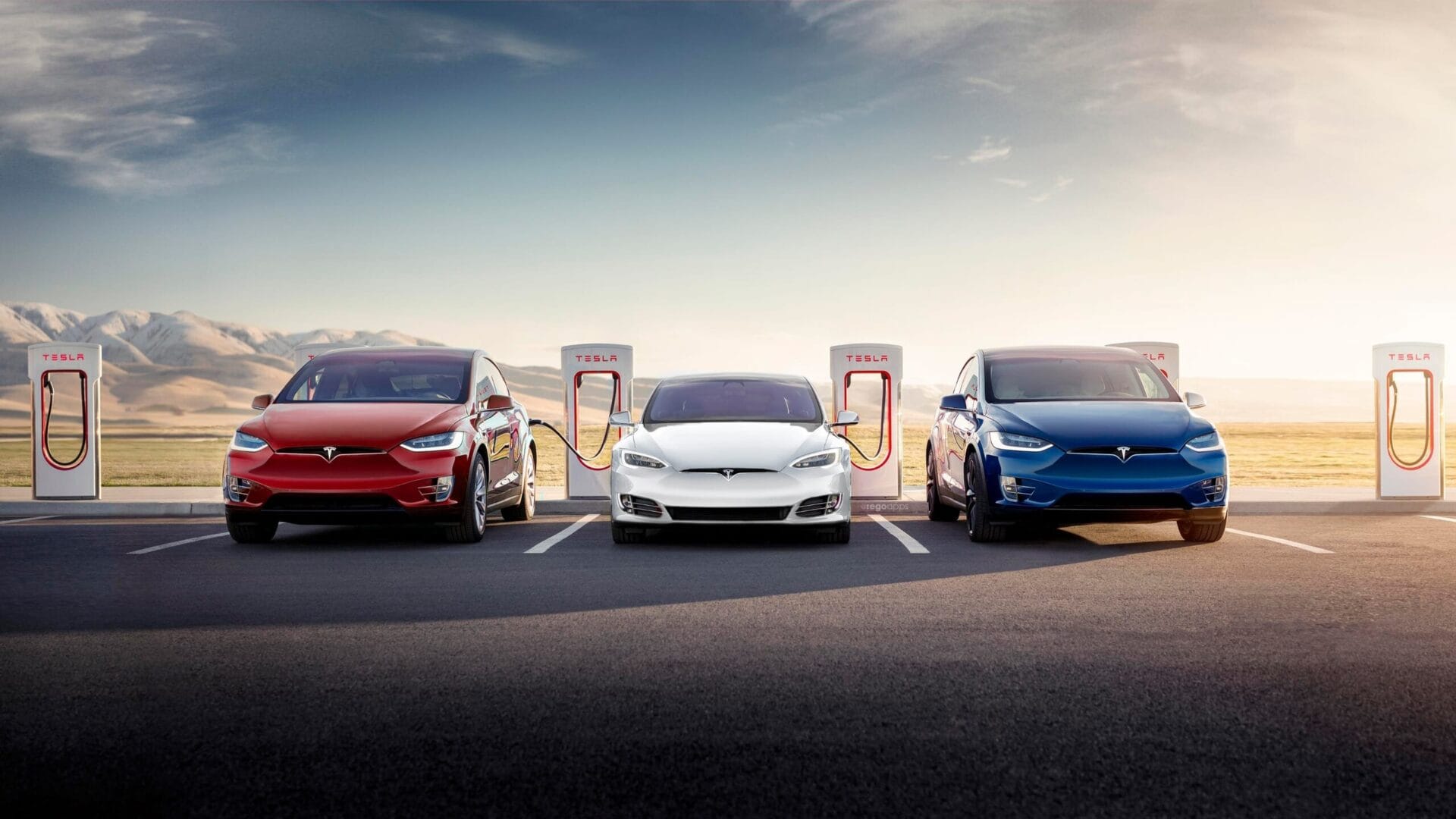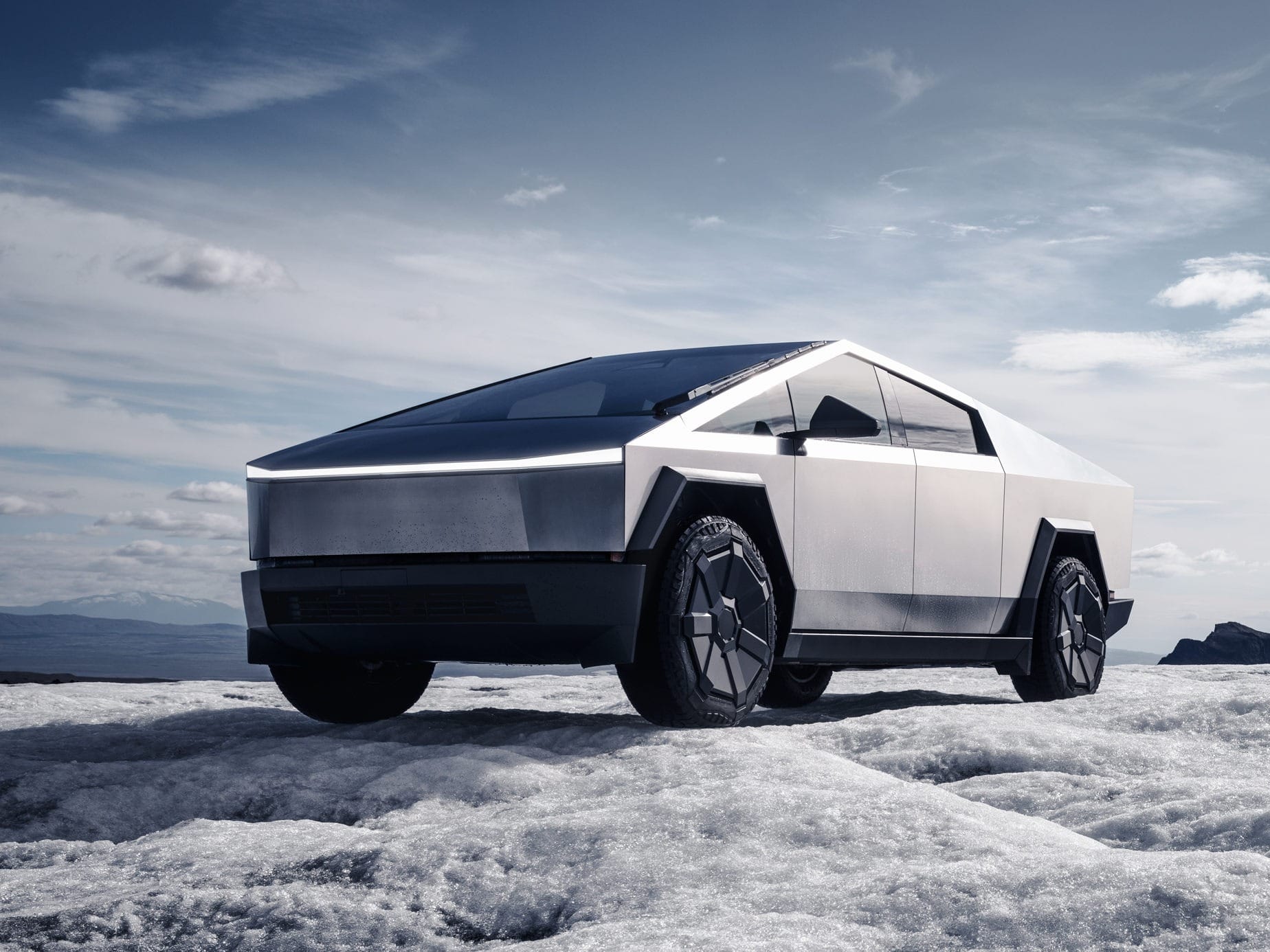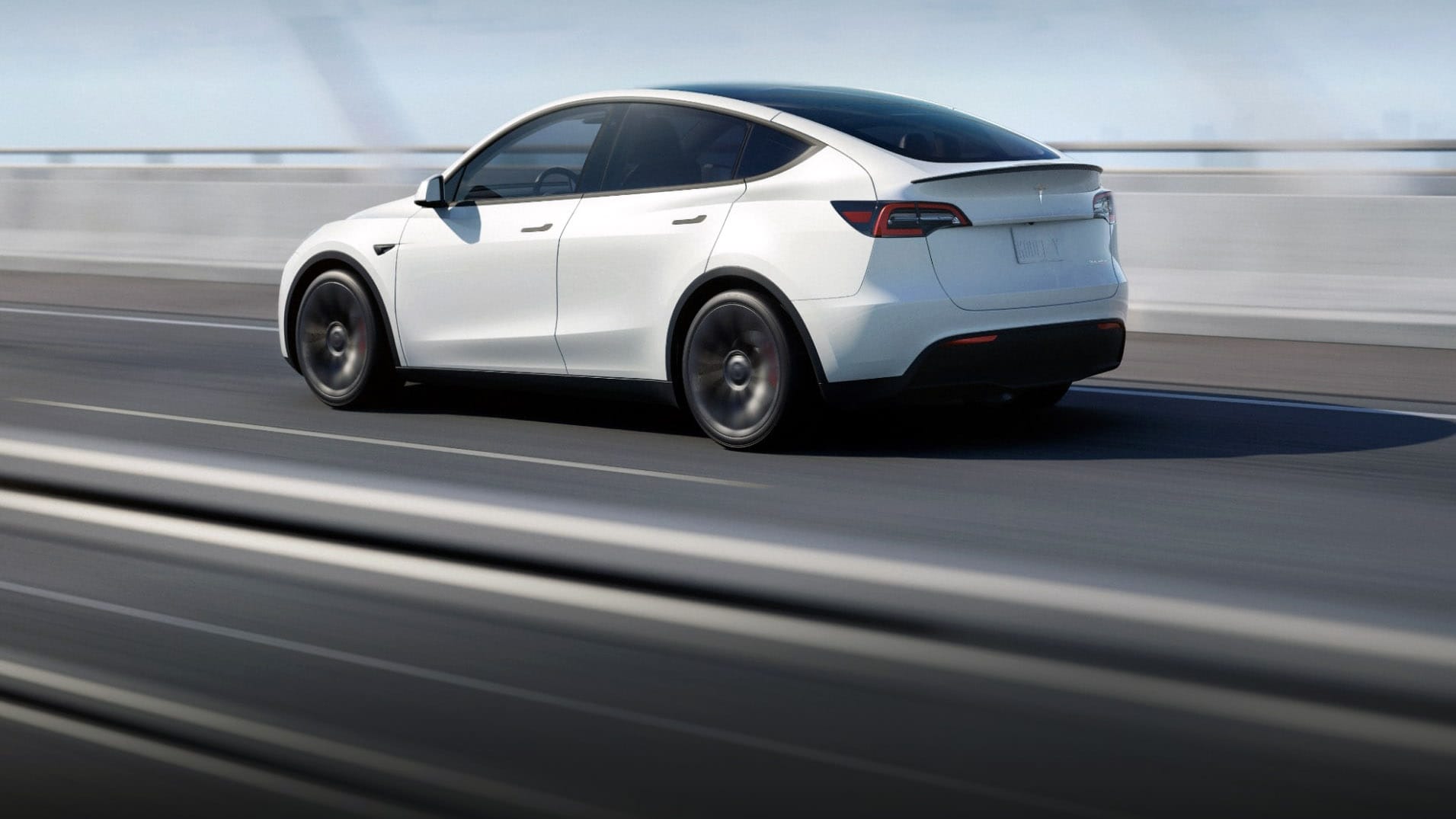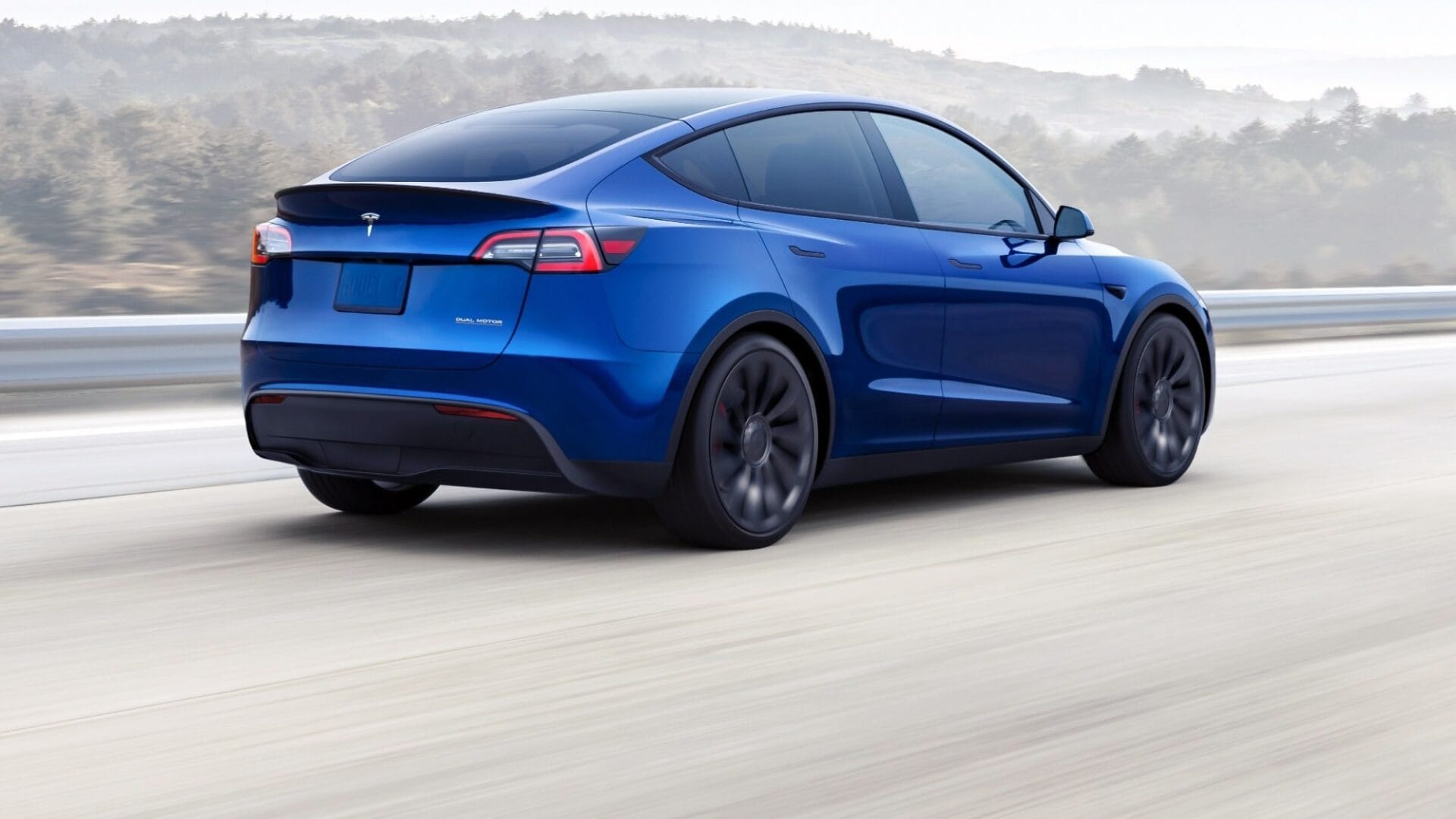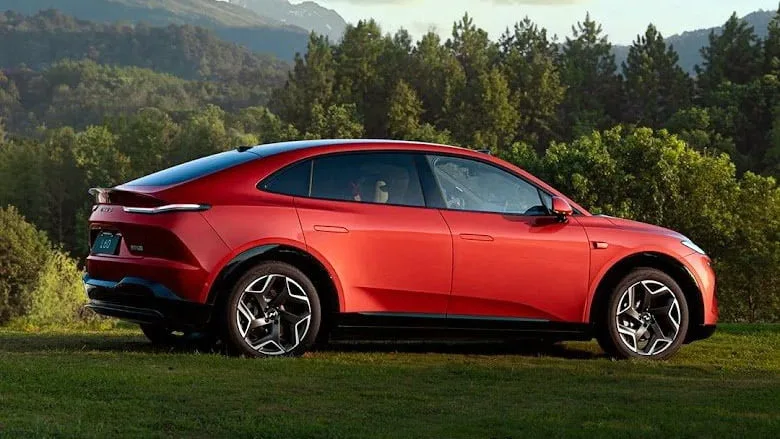Wisconsin has rolled out a new tax on electric vehicle charging, imposing a fee of three cents per kWh for any power delivered through Level 3 chargers up to 250 kW, as well as Level 1 and Level 2 chargers installed after March 22.
Cost Impact on Tesla Owners
For owners of the Tesla Model Y in Wisconsin, this change means an additional cost of about $2.40 for a complete charging session at these stations. The 2023 Wisconsin Act 121 states that the registration and excise tax applies no matter if the charging station is publicly accessible or if consumers are charged for the electricity.
Tax Affects All EV Owners
This new fee will also impact those who own older models like the Model S or X, who previously enjoyed free Supercharging for life. On top of this, there’s already a considerable $175 “combined electric surcharge fee,” acting as an annual road tax for electric vehicle owners in the state.
Starting January 1, 2025, all owners or operators of EV charging stations must register online with the Wisconsin Department of Revenue before they can begin delivering electricity that is subject to the excise tax. Home charging stations, such as the Tesla Gen 2 Wall Connector, won’t be affected by this new tax unless they are installed in public areas like hotels.
Reason Behind the Tax
David Casey, the Secretary Designee of the Department of Revenue, has stated that the additional EV charging tax is necessary for road upkeep. He insists that the excise tax is a vital funding source for preserving Wisconsin’s roads and infrastructure. It aims to ensure ongoing financial support for repairs and construction as more drivers switch to electric vehicles, while also creating a fair system where all motorists contribute to road maintenance costs.
After a lengthy period of leniency for electric vehicle owners, many states are now implementing specific annual road taxes. These EV taxes often surpass those for traditional internal combustion engine vehicles. Revenue departments argue that electric cars are generally heavier and contribute to more wear and tear on local roads. Nonetheless, Wisconsin’s latest charge on EV charging sessions seems like a case of double taxation for road maintenance.

